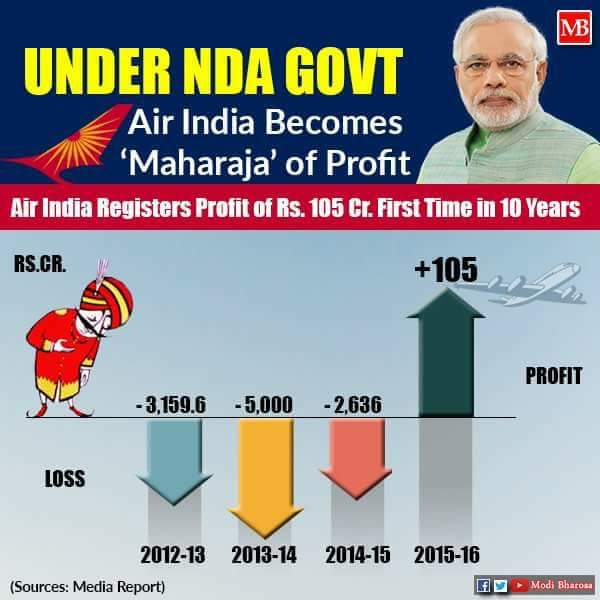Good monsoon fills reservoirs, heralds bumper harvest
Govt issues more draft norms under Bankruptcy CodeThe southwest monsoon season (June to September) across the country in 2016 was 97 per cent of the long period average (LPA). Although it fell short of predictions by the weather office, this was the first normal monsoon in the country since 2013.
If the rainfall is between 96 and 104 per cent of the LPA, it is considered normal. LPA is the average rainfall the country has received since the past 50 years starting from 1951, which is estimated to be 887 cm. Around 85 per cent of the country’s geographical area received normal or excess rains this season. The deficient 15 per cent area fell in Karnataka, Kerala, Punjab and also parts of Gujarat.
Inflation seen cooling to one-year low in SeptemberThe government on Tuesday came out with another set of draft rules, including for liquidation of insolvent corporate persons, under the Insolvency and Bankruptcy Code.
As part of implementing the Code, the government has already constituted the Insolvency and Bankruptcy Board of India (IBBI), while the draft norms will be finalised after taking into consideration the views of the stakeholders.
Notified by the government in May, the Code seeks to consolidate and amend laws relating to reorganisation as well as insolvency resolution of corporate persons, partnership firms and individuals in a time-bound manner.
The latest set of draft regulations relate to liquidation of insolvent corporate persons, insolvency resolution process for corporate persons and application to judicial authority. Views of stakeholders have been sought till October 31 on these draft norms, according to a public notice issued by the corporate affairs ministry.
Last week, the ministry issued draft regulations pertaining to registration of insolvency professionals, agencies and model bye-laws. A working group of experts, set up by the ministry, has prepared these regulations.
GST lends more weight to India’s 8 per cent growth projection: S&PInflation in India is expected to have cooled to a one-year low in September as good monsoon rains kept a lid on food prices, a Reuters poll showed, possibly giving more room to the central bank to cut rates again by the end of this year.
The recently formed Reserve Bank of India Monetary Policy Committee, under new Governor Urjit Patel, cut rates by 25 basis points to 6.25 per cent in a surprise move earlier this month, after inflation hit a five-month low in August.
The latest poll of over 30 economists showed retail inflation probably eased further last month to 4.80 per cent, the lowest since September 2015, from 5.05 per cent in August.
Calling GST as the most important structural reform till date by the Modi government, S&P Global Ratings today said the passage of the indirect tax law gives it additional conviction of India clocking 8 per cent growth in the next few years.
“India’s GST passage gives us additional conviction around our 8%-ish GDP growth forecast over the next few years,” it said in a report titled ‘Asia-Pacific steadies while China goes silent’.
The rating agency had last month projected India to clock a “steroid-free” growth of 8 per cent in coming years.
“The GST passage is arguably the most important structural reform to date by the Modi government and will improve efficiency, cross-state trade and tax buoyancy,” it said today.





